Featured Professional

Emma Short
Emma joined Baileys as an Equine Nutritionist to advise owners and devise specialist feeding programmes
Ever read the back of your horse’s feed bag and been confounded by the ingredients list? Nutritionist Emma Short from Baileys helps you understand what’s included and why
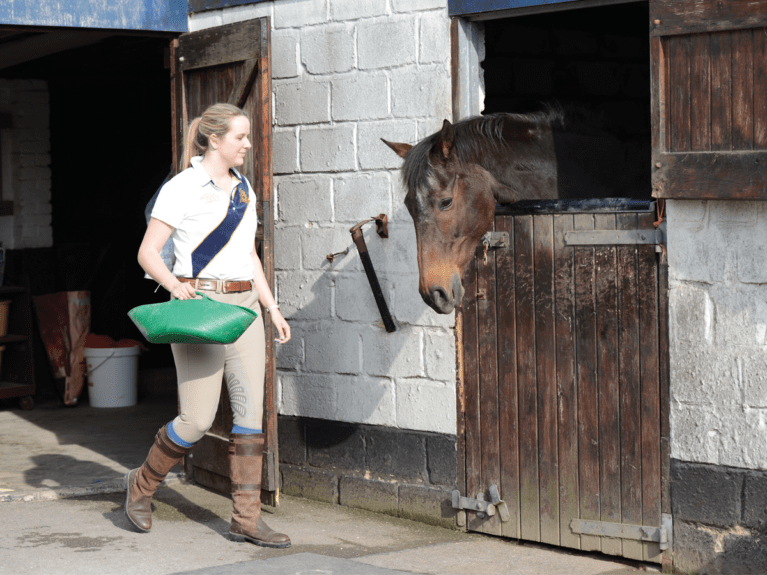
It’s all too easy to add a scoop of feed to your horse’s bucket without really thinking about what it’s made from. However, taking the time to consider the ingredients, how they’ve been prepared and their individual benefits will help you understand why they’ve been included and to identify which feed is most suitable for your horse.
Processed ingredients in horse feed are very different to processed human food, which often carries negative connotations. Put simply, processing is what the manufacturer does to improve the digestibility of the ingredients and present them in a safe, palatable and convenient form. All the ingredients used in horse feed are chosen for their positive nutritional contributions, while the processing techniques are selected for their ability to best enhance those ingredients.
TOP TIP If you want to know more about the ingredients in your horse’s feed, contact the manufacturer’s helpline or visit their website.
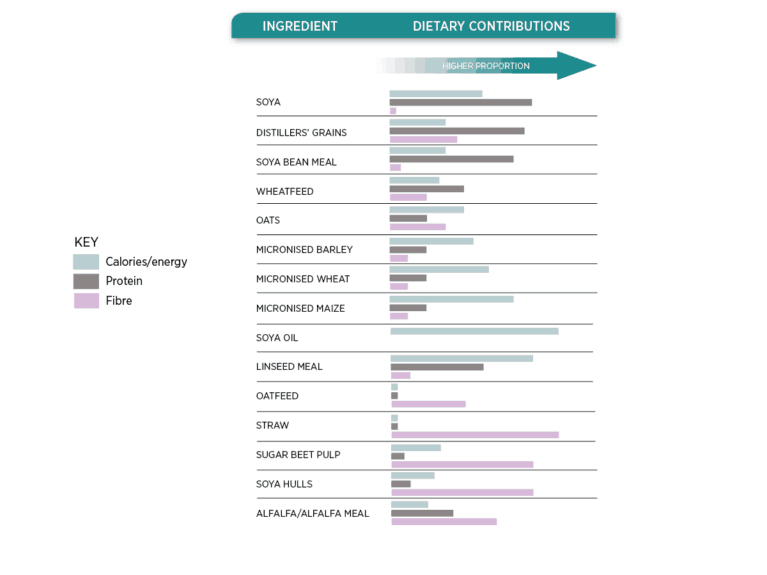
Protein
Protein is made up of amino acids, which have various functions within the body, and are key to the growth and development of muscle and tissue. It’s provided in limited quantities through forage, but breeding, youngstock and performance horses may need protein supplemented through a compound feed to meet their requirements.
Calories/energy
High-energy feeds, such as those for competition horses or veterans, usually include cereal grains, which contain starch. This is easily digested to create an accessible, quick-release form of energy.
Oils
Vegetable oils supply 2.25 times as many calories as cereals on a weight for weight basis. Due to the way your horse’s body digests and metabolises them, they’re a source of slow-release energy and are non-heating.
Fibre
Fibre should form the basis of your horse’s diet. It’s fermented by bacteria in his hindgut to produce volatile fatty acids, which are used as a slow-release energy source. Although it’s most commonly fed as grass, hay or haylage, many supplementary feeds also contain ingredients that contribute high levels of fibre to your horse’s diet.
Cereals
Cereals provide energy, primarily in the form of starch, a complex carbohydrate that consists of chains of glucose molecules packed into granules. The starch in some cereals is more easily digested than in others – for example, oats can be fed raw, while all other cereals must be cooked (processed) to improve their digestibility.
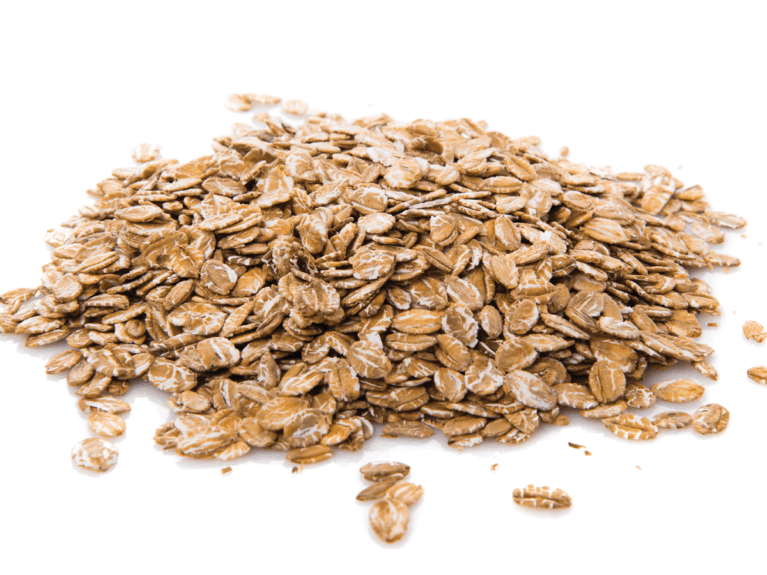
All cooking methods work by breaking down the large starch molecules in a process known as gelatinisation. This increases the surface area accessible to enzymes in your horse’s digestive system and maximises the chance of the starch being digested and absorbed in the foregut.
Common cooking techniques include…
- micronising – grains are soaked in water, then heated using infrared so the absorbed water becomes steam, which ruptures and gelatinises the starch granules. They’re then passed through rollers to create flakes, which improves palatability and mechanically prevents the starch chains reforming as the grain cools
- extruding – after being ground down, the grain and other ingredients are combined with hot steam. The resulting doughy mixture is then subjected to high pressure as it’s forced through the extruder to create expanded kibbles, which are then dried
- steam flaking – the grains are steamed and passed through heated rollers to create flakes.
Micronising and extruding have largely replaced steam flaking as cooking methods because they gelatinise a higher proportion of the starch content.
Brain food
Starch is absorbed by the small intestine as glucose, before being stored in your horse’s liver and muscles as glycogen. Glucose is the main fuel source for his brain and other organs, so it’s vital for helping him maintain concentration and stamina. This means a complete exclusion of starch and sugars from his diet isn’t necessarily a good thing.
By-products
Some ingredients found in your horse’s feed may be by-products from human food processing. However, it’s important to understand that these aren’t waste products and still hold nutritional value to your horse.
Distillers’ grains – these are left over from the production of alcohol. The remaining grain is pressed, dried and usually made into pellets, providing a low-starch, low-sugar source of protein and fibre.
Oatfeed – essentially, this is the fibrous husks and outer layer of the oat, which are left after milling for human consumption. It’s usually included in feeds as a pellet, either on its own or combined with other ingredients, and is a useful, low-starch source of digestible fibre.
Wheatfeed – this is left over from the milling of wheat into flour. It’s traditionally known as middlings and is the outer layer of the wheat grain, plus some residual inner grain. Wheatfeed supplies fibre and protein, and provides more energy (calories) than oatfeed because it has a higher residual starch content.
DID YOU KNOW? Wholemeal and brown bread still contains the outer parts of the grains used to produce wheatfeed.
Sugar beet pulp – the dried remains of sugar beet after the sugar has been extracted. This process is very efficient, so the fibrous pulp usually contains less than 5% sugar and is an excellent source of highly digestible superfibres.
Beet pulp is generally fed alongside compound feeds and usually requires soaking before feeding. However, modern cooking processes have reduced this soaking time considerably and, when the pulp is both cooked and ground, can negate it all together, meaning beet pulp can be included in compound feeds without any need for soaking.
DID YOU KNOW? Superfibres yield more energy than traditional fibre sources, so can be an ideal alternative to cereals in low- or reduced-starch feeds.
Molasses – a by-product of sugar extraction that may still contain around 40% sugar. It’s often used to lightly coat a coarse mix or chaff to prevent the components separating and avoid dustiness. It may also be used as a natural binder in pellets or cubes to help the ingredients stick together. As such a tiny amount is used – around 3% in a finished feed – it makes a negligible sugar and calorie contribution to the overall ration.
Legumes
This plant family includes peas, beans and alfalfa, all of which are good sources of protein. This vital nutrient is made up of individual amino acids, some of which can be synthesised by your horse’s body and others must be supplied through his diet – these are known as essential. High levels of essential amino acids are considered an indicator of quality protein sources.
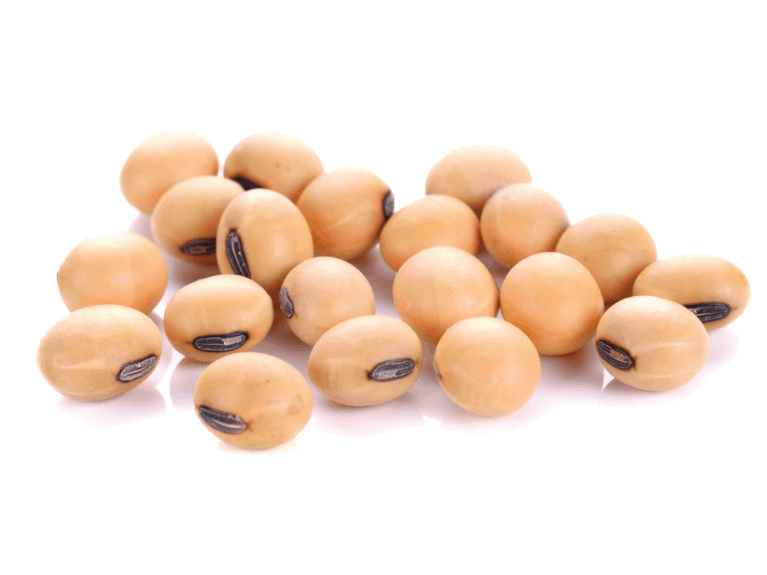
Soya beans
These have the best amino acid profile of all possible protein sources available for inclusion in horse feed. This is why they’re commonly included in feeds for performance horses to aid muscle development and function, and for breeding and youngstock to promote good growth and development.
Soya can be included in feeds as…
- micronised – micronised soya beans provide good levels of oil and energy. Whole soya beans contain compounds that reduce the availability of certain nutrients. The process of micronising destroys these, improving overall digestibility
- meal – what’s left once the oil has been extracted from the beans, so it’s a more concentrated source of protein that’s rich in essential amino acids, especially lysine
- hulls – the outer husk of the bean, which is a rich source of superfibre with some additional protein
- oil – highly palatable and a source of slow-release calories, it may be included in pellets or cubes, or as part of a coating for coarse mixes or chaffs
DID YOU KNOW? Soya beans don’t generally grow in the UK, but varieties that can flourish in our climate are being developed
Alfalfa
The dried leaves and stalk of the alfalfa plant, sometimes known as lucerne, can be used to contribute quality protein, calcium and fibre to your horse’s diet.
Alfalfa may be included in feeds as…
- meal – the leaves and stalks are dried, ground and made into pellets or cubes, either as pure alfalfa or combined with other ingredients
- chaff – dried, chopped and often lightly coated with vegetable oil or molasses, this may be included in mixed or blended feeds, or as a pure chaff
TOP TIP Contrary to popular belief, protein isn’t responsible for promoting excitable behaviour, or for causing laminitis or growth problems in youngsters.
Linseed
An oil-rich seed with a reasonable protein content, linseed provides high levels of omega-3 fatty acids, which are often lacking in diets where grass intake is limited. Linseed contains low levels of calcium and high levels of phosphorus, which has to be accounted for when it’s used in feeds. It’s often combined with soya to balance the oil content, as soya is rich in inflammatory omega-6 fatty acids and linseed in anti-inflammatory omega-3.
Linseed may be included in feeds as…
- micronised – just like soya beans, linseed contains compounds that reduce nutrient availability, which is why it was traditionally boiled before feeding. Micronising is the modern method of cooking and the linseed is ground, rather than flaked, before its inclusion in feeds
- meal (expeller) – this is what’s left after the oil has been extracted and may be supplied as lozenges or chips, which are often ground for inclusion in pellets within feeds
Oil
Vegetable oils are energy dense and supply more calories than cereals in a slow-release form. They’re useful for minimising the use of starch from cereals for horses with increased energy needs, and aiding skin and coat condition. Soya and linseed are the most common sources, although rapeseed oil is also sometimes used. Oil is generally included in a compound feed in a pellet or may be added as a light coating to a mix or chaff, in a similar way to molasses.
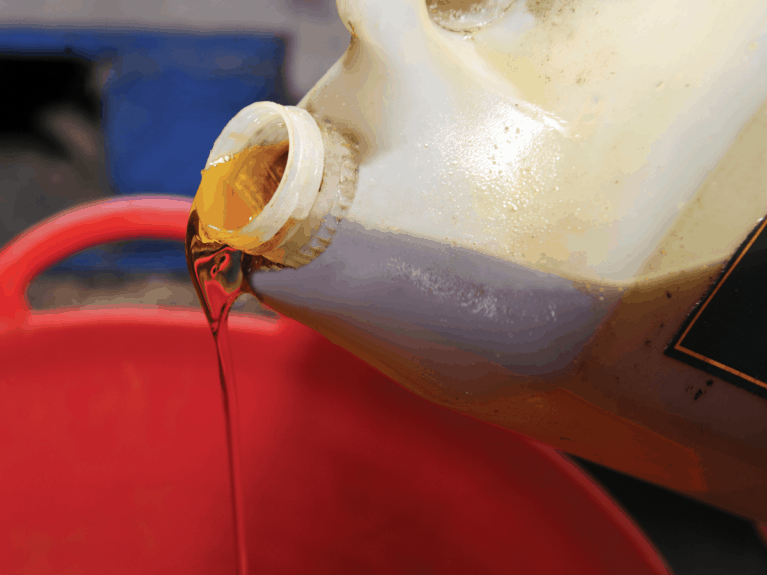
Nutritionally improved straw (NIS)
Straw is a source of fibre, but contains a high percentage of lignin, the structural fibre found in mature stems, which is less digestible for your horse. To make it easier for him to digest, it’s often nutritionally improved before being added to feeds – this can be thought of as partially or pre-digesting the straw, as it’s very similar to the first stages of digestion.
First, the straw is chopped or milled, which has a similar action to chewing, then it’s lightly sprayed with an alkaline solution of sodium hydroxide to mimic saliva. This reacts with the carbon in the lignin to make sodium carbonate (baking soda), and leaves it softer and more digestible. Some sodium remains, but it’s an essential nutrient that’s often lacking in your horse’s diet – the levels and balance are closely monitored through regular feed testing by manufacturers.
DID YOU KNOW? NIS is a useful fibre source in lower energy feeds because it’s low in calories.
Quality control
Most top feed brands manufacture to a strict code of feed safety, accredited to the universal feed assurance scheme (UFAS), meaning production methods and conditions are carefully controlled and conform to EU and UK legislation. UFAS considers both the nutrient profile of feeds and any pesticide residues or mycotoxins from raw materials, which should be absent or well below permitted levels.
Naturally occurring prohibited substances (NOPS) are defined by the rules of racing and the FEI, and are considered to exert an effect on a horse’s performance. This makes them illegal in competition. However, they’re either naturally present in certain ingredients or may occur as a result of inadvertent cross-contamination of raw materials before arrival at the feed manufacturer’s facility. Manufacturers following best practice, according to a code developed by the British Equestrian Trade Association (BETA), are showing that they are doing all they can to minimise the risk of feed contamination with NOPS and will display a logo on their packaging.
The right balance
The job of the feed manufacturer is to combine a range of ingredients in the right balance to meet your horse’s individual requirements, with feeds that are designed to complement forage, not replace it, while providing the correct levels of vitamins and minerals when fed at the recommended quantity. Lower energy feeds will contain a greater proportion of high-fibre ingredients, while feeds for performance horses and breeding stock contain quality protein and high levels of energy from different sources to suit the individual and their discipline.
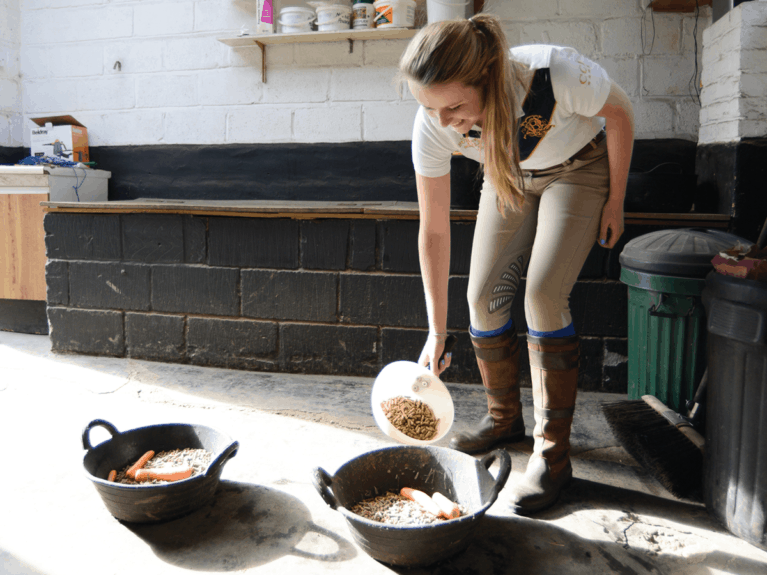
Working to a nationally recognised set of identified equine nutritional requirements provided by the National Research Council (NRC), reputable manufacturers put a great deal of thought, knowledge and expertise into the production of their feeds, so that horse owners can trust them to be as digestible as possible and to provide an optimum nutritional balance.
DID YOU KNOW? On packaging, ingredients are listed in descending order of the included amount.















